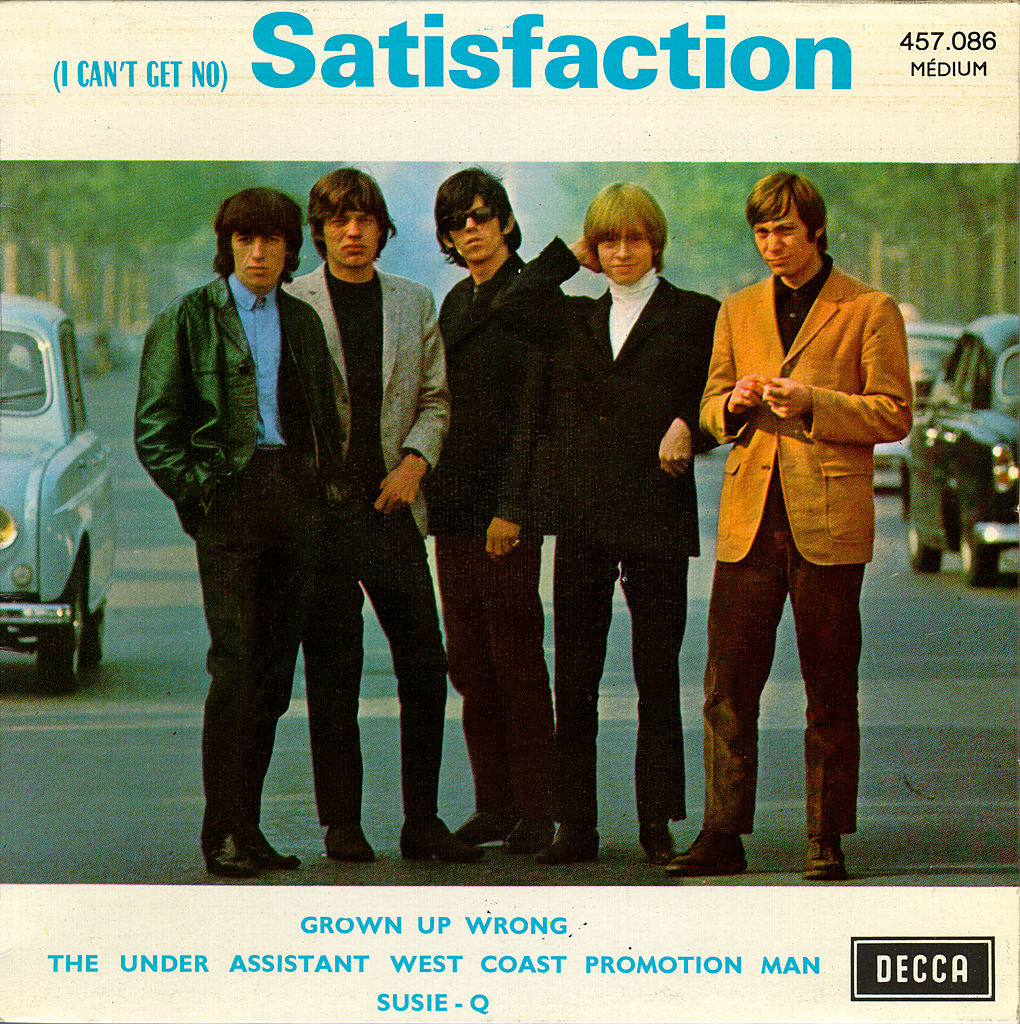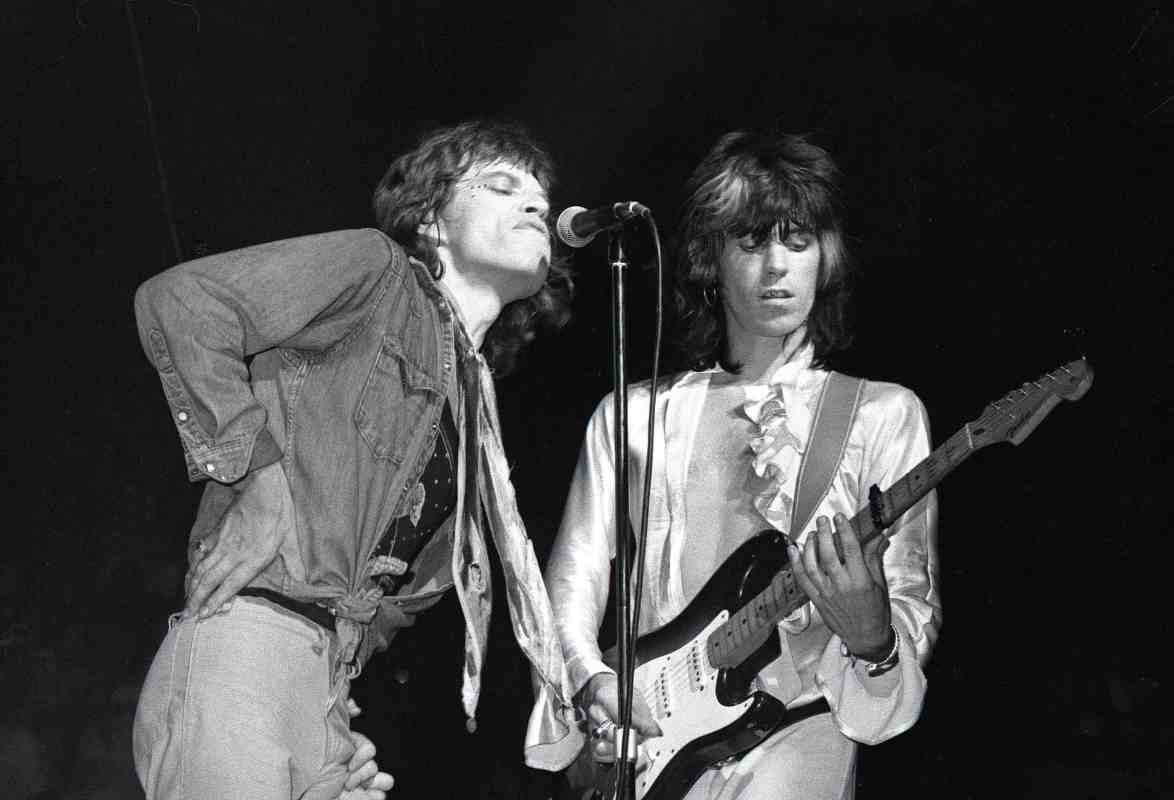Keith Richards is such a rock star that he can write No. 1 hits in his sleep — literally. At least that was the case 55 years ago today, when the 76-year-old awoke in the early hours of May 7, 1965, and laid down a three-note riff with his nearby Gibson as well as mumbled, “I can’t get no satisfaction” into a rolling tape recorder.
Arising the next morning in his hotel room, Richards played back the tape and heard the roots of what would become “(I Can’t Get No) Satisfaction,” along with a good deal of snoring.
“I wrote ‘Satisfaction’ in my sleep,” Richards wrote in his 2010 autobiography Life. “I had no idea I’d written it, it’s only thank God for the little Philips cassette player. The miracle being that I looked at the cassette player that morning and I knew I’d put a brand-new tape in the previous night, and I saw it was at the end. Then I pushed rewind and there was ‘Satisfaction.’”
After Mick Jagger wrote lyrics, the Rolling Stones recorded the song over the course of sessions at Chess Studios in Chicago and RCA Studios in Hollywood, with the final version — which featured Richards’s Gibson hooked up a fuzz-tone effects box that gives the opening riff its gritty swagger — being taped in California on May 12.
The Stones were midway through their third American tour and had seen some success, but “Satisfaction” ratcheted up their popularity in the U.S., becoming the band’s first No. 1 hit when it was released in June.
Though the lyrics are great, it’s the distinct sound of that opening riff that sent “Satisfaction” flying up the charts in ’65, Boston University music professor Victor Coelho tells InsideHook.
“It’s the sound for sure,” he says. “I think it’s the first really dirty riff that’s out there in rock. It’s not a clean sound. The funny thing is, that was not supposed to be like that. I think Keith had wanted that riff to actually be played by horns. The song was released before they had a chance to even think about orchestrating it in that way. They were surprised the song had come out and then, of course, very pleased that it zoomed up to the top. Sound is so important in the Stones. Sound is a marker that’s as important as the chord structure itself, or the vocal delivery.”

Coelho, the editor of The Cambridge Companion to the Rolling Stones, notes the sound that’s present in “Satisfaction” really captures what the Stones had been experiencing while touring the U.S. in ’64 and ’65.
“The sensations that are happening in America as they’re experiencing them, going from post to post, are all kind of captured in ‘Satisfaction.’ I mean all of it is there,” he says. “You’ve got a little Motown chord chop in there. You’ve got that dirty sound. You’ve got Jagger almost rapping on one note most of the song. You’re talking about commercialism and advertising and ads. This whole world of AM radio and people selling stuff. Motown on one channel and country music on another channel. All these different places. It’s America captured in one place. And that riff pushes all of that through.”
Given its origin story, the success of “Satisfaction” really was a dream come true for Richards and the Stones.
“What I like about that story is it’s real,” Coelho says. “Historically, you always find these kinds of things come out of dreams or sleep as part of the whole creative process. I always felt this was a nice romantic notion about how this killer riff came into being. There is a mythical aspect to the whole story. A great moment from an iconic piece that came out of something completely unexpected and unplanned. What saved the riff is the fact it was, plus the snoring, all caught on tape. He [Richards] had that cassette but has said he lost it now, but wished he kept it. You could put that up for auction at Sotheby’s. That would be a million dollars right there.”
This article was featured in the InsideHook newsletter. Sign up now.

















